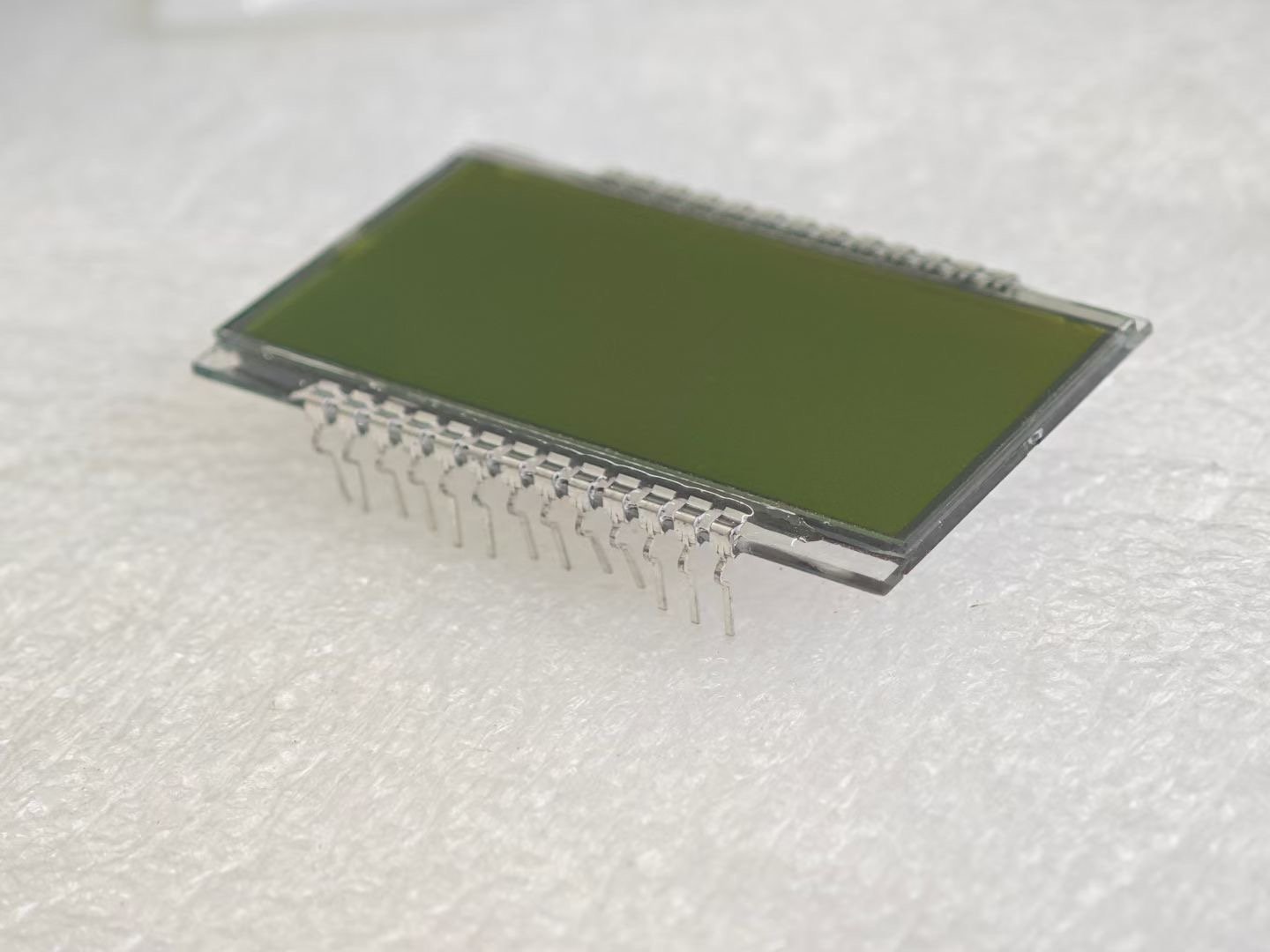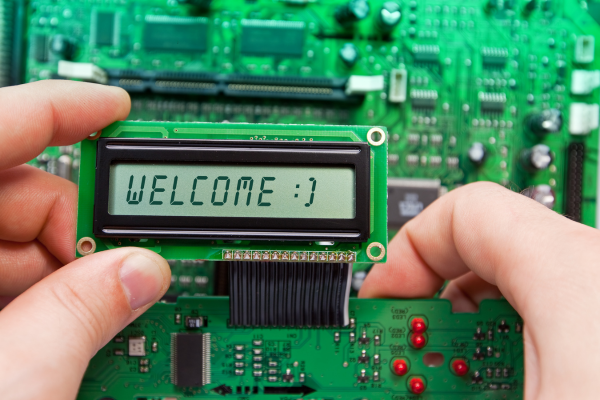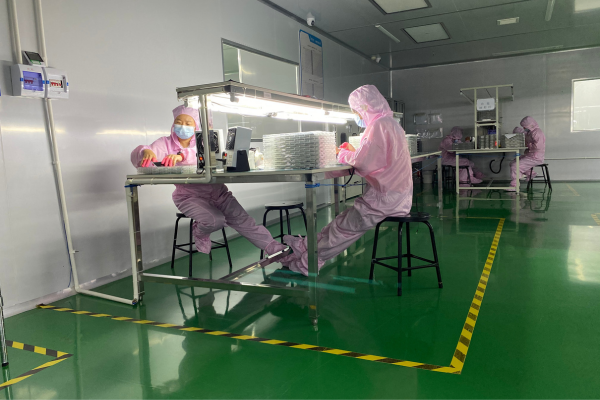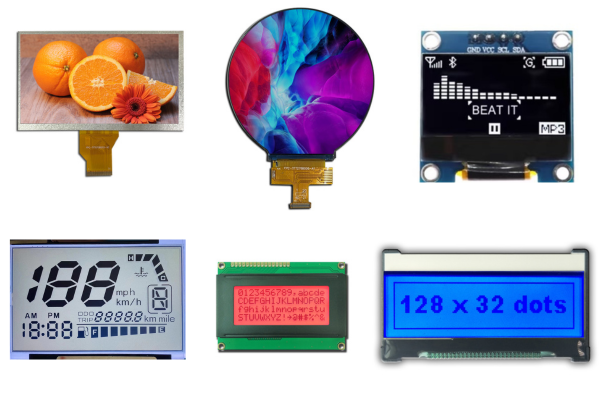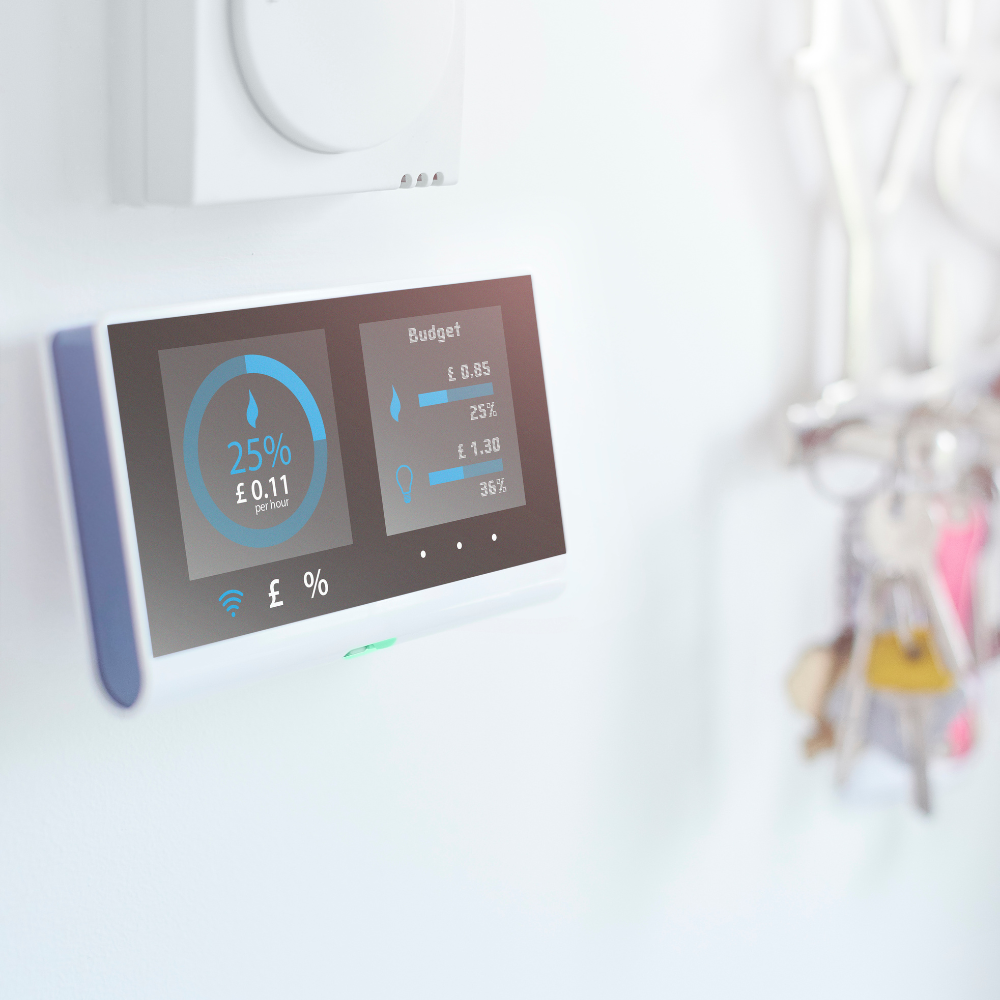TFT LCD displays are everywhere, from my phone to factory control panels. But many buyers still get confused about what TFT LCD actually means.
A TFT LCD display is a type of flat-panel display that uses Thin Film Transistor (TFT) technology to control the pixels in a Liquid Crystal Display (LCD).
A few years ago, I faced this question from an Italian customer. He wanted to know why TFT mattered, and whether it was really different from other LCDs. That’s when I realized this is a common doubt, not only for buyers but even for industry insiders. Let me break it down for you, just as I explained to him.
What is the principle of TFT LCD?
Why does TFT technology matter for an LCD? I want to make this simple for every buyer.
The principle of TFT LCD is to use a matrix of thin-film transistors to control each pixel individually, which improves image stability, clarity, and response time.
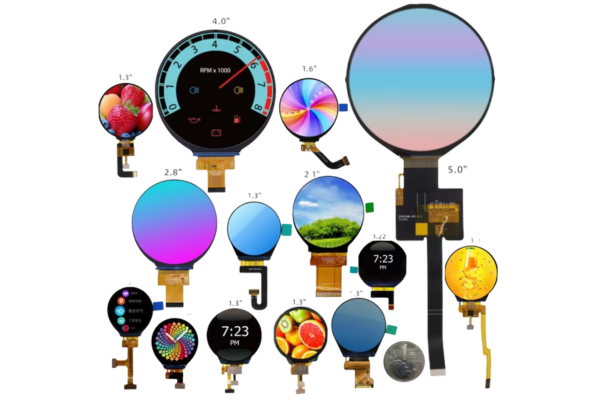
How does the TFT structure work?
A TFT LCD uses a grid or matrix of transistors deposited on a glass substrate. Each transistor acts like a switch for its corresponding pixel. When a voltage is applied, the liquid crystal molecules twist to allow light through. When the voltage is removed, they return to their original state. Each pixel can be turned on or off independently.
A closer look at the structure:
| Layer | Function |
|---|---|
| Polarizer | Controls light direction |
| Glass Substrate | Holds the transistors and liquid crystals |
| TFT Array | Provides switching for each pixel |
| Liquid Crystal Layer | Changes light transmission based on electric field |
| Color Filter | Gives red, green, blue colors to each pixel |
| Backlight | Provides white light |
Why do buyers care?
Because TFT allows each pixel to be controlled directly, the display is brighter, faster, and more reliable compared to passive matrix LCDs. That’s why I always recommend TFT for industrial, medical, and automotive displays.
What is the advantage of TFT display?
What makes TFT LCD better than older types? This is a question I answer every day in my sales work.
TFT displays offer sharper images, faster response, better color reproduction, and higher brightness compared to traditional passive matrix displays.
TFT is now a mainstream technology for almost every display panel, from small wearables to large monitors.

Why do companies pay more for TFT?
Faster Response Time
TFT LCDs switch pixels faster. This means video and animation look smooth, with less ghosting.
Better Color and Brightness
TFT can display millions of colors with high brightness. For buyers focused on retail displays or automotive dashboards, this is essential. You don’t want a dull or washed-out image.
More Reliable Control
Each pixel has its own transistor, which means you can get larger and higher-resolution panels without loss of quality.
Simple comparison table:
| Feature | Passive Matrix LCD | TFT LCD |
|---|---|---|
| Response time | Slow | Fast |
| Brightness | Low | High |
| Viewing angle | Narrow | Wide (with IPS) |
| Color reproduction | Poor | Excellent |
| Power consumption | Low | Moderate |
How does TFT LCD Display Work?
What happens behind the screen when you power on a TFT LCD? Many customers ask me for a simple explanation.
TFT LCD works by applying voltage to liquid crystals via a matrix of transistors, which changes the light passing through each pixel, creating images and colors on the screen.
It may sound technical, but I promise, it’s easier than it seems.
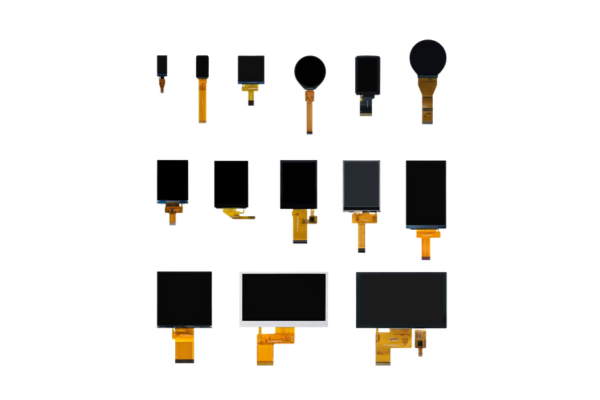
Step-by-step process
- The backlight shines white light through the panel.
- The TFT transistors apply voltage to the liquid crystals.
- The liquid crystals align to allow or block light.
- A color filter adds red, green, or blue to each sub-pixel.
- The combination of light and color forms the image.
Why is this important for buyers?
When you understand how TFT LCD works, you can better judge quality, spot defects, and choose the right display for your product. For example, if you see flickering or poor color, you know it’s not a good TFT panel.
Can TFT LCD burn in?
People worry about display “burn-in,” especially when screens show the same image for a long time. Is this a real risk for TFT LCDs?
TFT LCDs are not prone to permanent burn-in, but image persistence can occur temporarily if a static image is displayed for a long time.
I’ve had buyers ask about this after reading news about burn-in on other technologies.
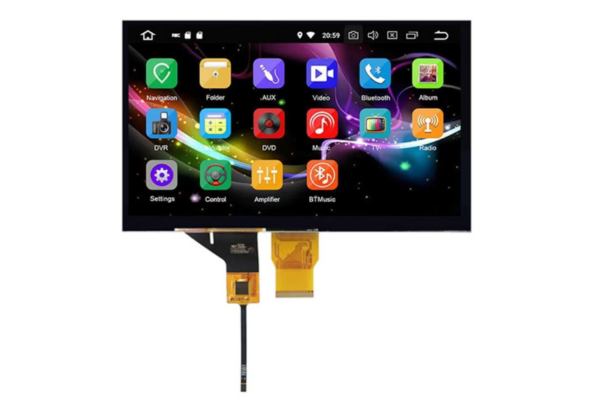
Burn-in vs. Image Retention
What’s the difference?
- Burn-in: Permanent damage, common in OLED or plasma displays.
- Image retention: Temporary ghosting, sometimes seen on TFT LCD if a static image stays too long.
Usually, image retention goes away after showing a moving image for a while. In my experience, none of our industrial clients have reported permanent burn-in on TFT LCD modules.
Tips to avoid image retention:
- Use screen savers or turn off the display when not in use.
- Regularly update displayed content.
What is the difference between TN type and IPS type?
Many buyers get confused between TN and IPS types of TFT LCDs. What are the differences, and why do they matter?
TN (Twisted Nematic) and IPS (In-Plane Switching) are two types of TFT LCD technologies. TN offers faster response and lower cost, while IPS provides better color and wider viewing angles.
When customers need to choose, I always ask about their priorities: speed or image quality.
Compare TN and IPS
| Feature | TN Panel | IPS Panel |
|---|---|---|
| Viewing Angle | Narrow | Wide |
| Color Quality | Average | Excellent |
| Response Time | Very fast | Fast |
| Cost | Lower | Higher |
| Typical Use | Gaming monitors, budget | Smartphones, tablets, high-end monitors |
Which one should you choose?
- If you want the cheapest solution and speed matters more, TN is fine.
- If your application needs great color and viewing angle (for example, medical or professional displays), IPS is the better choice.
Is TFT better than OLED?
Some buyers ask if TFT is better than OLED. The answer depends on the application.
TFT LCD is more durable, affordable, and better for bright environments, while OLED offers deeper blacks and better contrast but can suffer from burn-in and shorter lifespan.
My clients in industrial and outdoor projects often choose TFT LCD because of these reasons.
Head-to-head comparison
| Feature | TFT LCD | OLED |
|---|---|---|
| Contrast | Good | Excellent (true black) |
| Brightness | High | Moderate |
| Color | Very good | Excellent |
| Burn-in risk | Very low | High |
| Power Consumption | Moderate | Low (on dark images) |
| Lifetime | Long | Shorter |
| Price | Lower | Higher |
| Sunlight Readability | Better | Worse |
What do I recommend?
For industrial, automotive, or outdoor products, TFT LCD is often more reliable and cost-effective. For high-end consumer electronics, OLED’s color and thinness might be more attractive—but buyers should factor in the burn-in risk.
Conclusion
TFT LCD offers a practical, reliable, and affordable display solution for most applications.

